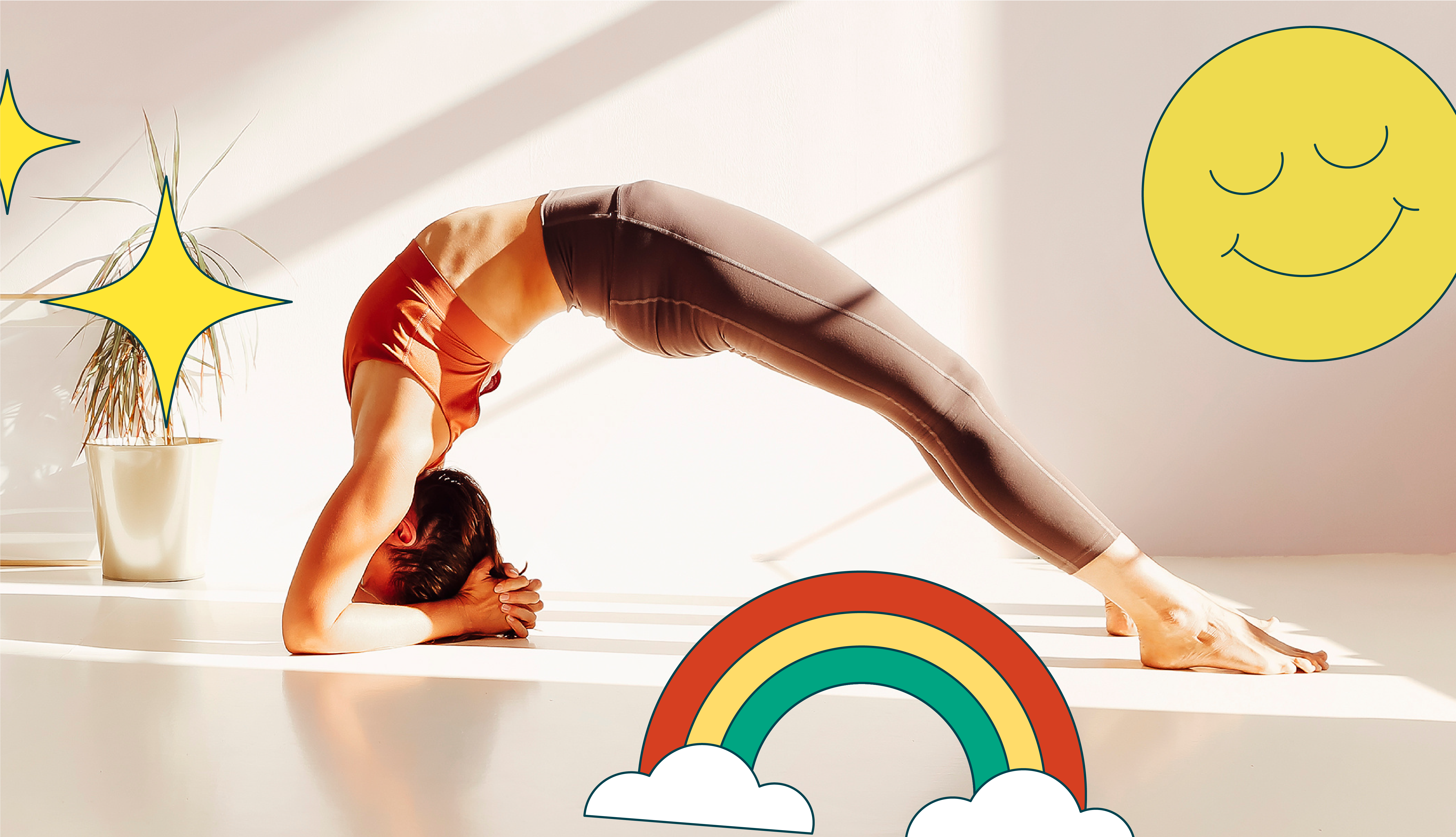Clear your mind of any thoughts. Breathe in, breathe out. Stretch your body but not too much. Focus on your strength and breath.
Yoga is an ancient practice originating from India. This practice is dated back to 5,000 years ago in Northern India. The term is rooted in the Sanskrit word “Yuj," meaning “union." It first appeared in Rig Veda, a collection of hymns and mantras.
According to Medical News Today, this activity focuses on movement as it teaches people different poses as well as proper breathing techniques. In addition, its philosophy focuses on the connection between the mind, body, and soul.
Yoga provides a myriad of benefits. Study reveals that it relieves bodily pain, such as back pain and arthritis. It also enhances your strength, balance, and flexibility. In addition, yoga also relieves stress and improves heart health.
However, it can cause injuries such as sprains when done incorrectly. Different factors should also be considered before partaking in the activity. If you currently have a medical condition, it is best to consult with a doctor before diving into yoga.
With that said, here are some powerful yoga poses that would help you in your journey.
Downward Facing Dog Pose
The Downward Facing Dog pose is one of the basic poses you should know. To do this pose, start on all fours, then slowly straighten your legs while elevating your hip.
According to Forbes Health, this pose provides several benefits. The Downward Facing Dog relieves back pain and improves core strength and flexibility due to the traction created on the lower back.
Three-Legged Dog Pose
Let’s take it a step further by elevating one of your legs. The starting stance of this pose is the same as the Downward Facing Dog pose – begin with all on fours, and straighten your legs while moving your hips upward. Here is where it differs from the first pose – you raise one of your legs.
The Three-Legged Dog pose not only helps strengthen your core but also your arms. It is also believed to be suitable for toning your body.
Warrior Pose I, II, III
Warrior Pose II
The Warrior pose has three different variations, each increasing in difficulty. To do Warrior I, start with a standing lunge dip and then raise your arms. Warrior II also begins with a standing lunge dip. But instead of raising your arms, you position them on your sides, creating a T pose.
On the other hand, Warrior III requires more balance as you are to balance yourself on one foot. To recreate this post, you must try balancing yourself first on one foot. Then, lift your other foot and straighten your arms.
These Warrior poses enhance your posture, balance, and flexibility. They also engage your core, arm, and leg muscles.
Tree Pose
Speaking of balance, the Tree pose also helps with your balance. To do this pose, bend one of your legs and place the foot on the thigh or calf adjacent to it. Then, bring your hands together and place them near to your heart. Keep on maintaining your balance just for a few seconds.
Chair Pose
Now, let’s talk about strength. The Chair pose is just like doing a squat. To recreate this pose, put your feet together and lower your body as if you are to sit on a chair. Then, raise your arms and keep your back straight.
This pose improves your upper and lower body strength because your back muscles and glutes are engaged in this stance.
Bridge Pose
The Bridge pose might be one of the easiest poses but it is also one of the most powerful stances. It helps you build your strength and flexibility. It also fends off back pains.
To do the Bridge pose, you must first lie on your back. Then, place your hands on your side, and your legs should be perched. Next, slowly lift your lower back to make an inclined angle.
Plank
The Plank pose is commonly done as an exercise. This pose engages your core, arm, and leg muscles. Thus, it improves the strength of your core and limbs. It can also tone your abs, arms, and legs.
To recreate this pose, lie on your belly first. Then, incline yourself using your arms and feet. You can modify your planking, especially if you are still a beginner. You can prop yourself using your knees.
As you start your yoga journey, take your time learning and perfecting a pose because it requires a lot of patience and discipline. Same with exercising, start with the basics first, then make your way up. Its physical effect will manifest in the long run. Whether it is 10 minutes or 30 minutes of yoga, it is still progress.
Hero image by Dasha Petrenko on Adobe Stock
###





















